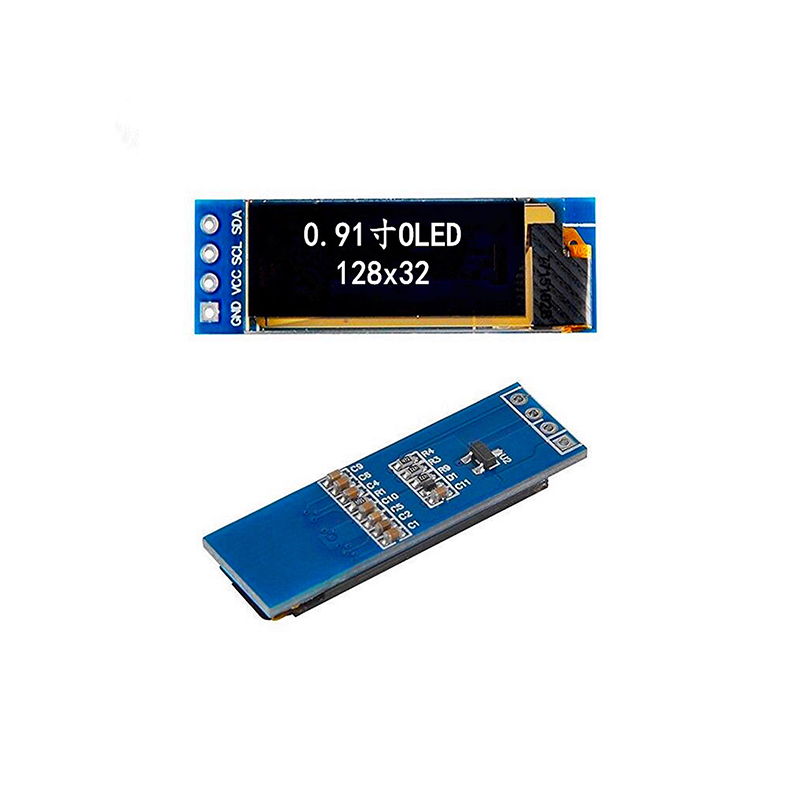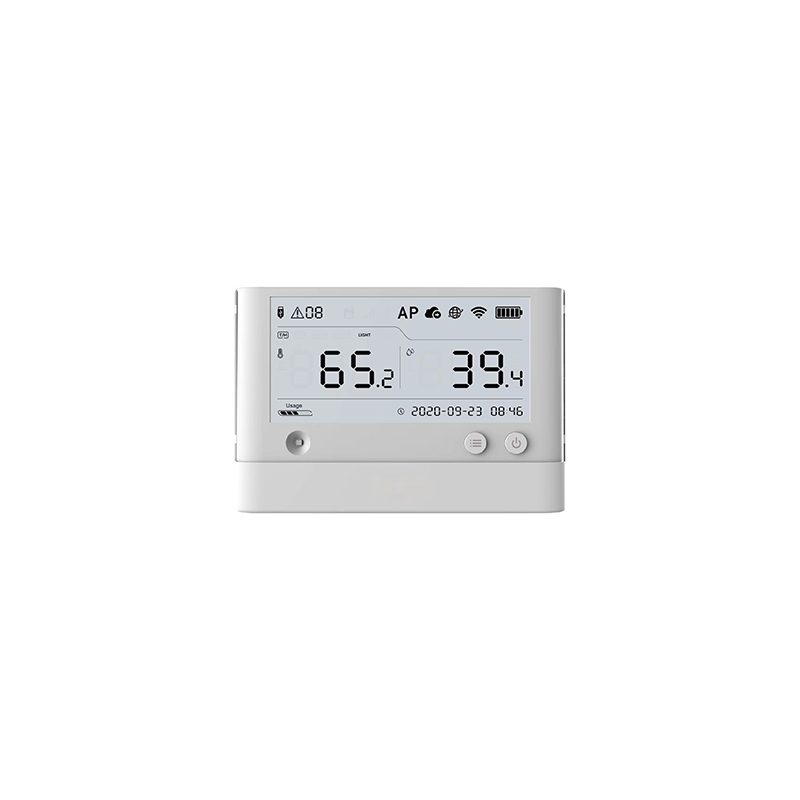
Discover the key features, benefits, and applications of AMOLED displays. This comprehensive guide explores various AMOLED display products, comparing their specifications, and helping you choose the best option for your needs. We'll delve into the technology behind these vibrant screens and examine why they're becoming increasingly popular across diverse industries.
AMOLED (Active-Matrix Organic Light-Emitting Diode) displays are a type of flat-panel display technology that uses organic compounds to produce light. Unlike LCDs which require a backlight, each pixel in an AMOLED display generates its own light, resulting in superior contrast ratios, deeper blacks, and more vibrant colors. This technology offers significant advantages over traditional LCD displays, making it a popular choice for high-end smartphones, televisions, and other electronic devices. The self-emissive nature of AMOLED also allows for greater energy efficiency, particularly when displaying dark content.
Many leading smartphone manufacturers utilize AMOLED display products, integrating them into their flagship models. These displays offer stunning visuals and improved battery life compared to LCD counterparts. Features often include high refresh rates (90Hz, 120Hz, or even higher), HDR support for enhanced dynamic range, and adaptive brightness for optimal viewing in various lighting conditions. Consider brands like Samsung, which are known for their innovative AMOLED screen technology.
AMOLED televisions are gaining popularity due to their exceptional picture quality. The deep blacks and high contrast ratios dramatically improve the viewing experience, particularly in dark scenes. High-resolution options, including 4K and 8K, are becoming increasingly common, offering incredibly detailed and immersive visuals. The size options range from smaller models for bedrooms to large, cinema-sized screens for home theaters.
Smartwatches and fitness trackers frequently incorporate AMOLED display products due to their power efficiency and ability to display sharp, colorful images even in bright sunlight. The small size and low power consumption are crucial for maximizing battery life in these devices. Look for features like always-on displays (though this does impact battery life), and touch sensitivity for easy interaction.
The automotive industry is increasingly adopting AMOLED display products for dashboards and infotainment systems. The high brightness, vibrant colors, and wide viewing angles are ideal for use in vehicles. Durability and performance under varying temperature conditions are critical factors considered when selecting displays for automotive applications. Advanced features like curved screens are becoming increasingly prevalent.
Selecting the appropriate AMOLED display product depends on your specific needs and preferences. Consider the following factors:
| Manufacturer | Key Features | Strengths | Weaknesses |
|---|---|---|---|
| Samsung Display | Dynamic AMOLED, high refresh rates, HDR10+ | Exceptional color accuracy, high brightness | Can be more expensive |
| LG Display | OLED technology, wide color gamut | Good color reproduction, relatively affordable | May have slightly lower brightness than Samsung |
| BOE Technology | High resolution, flexible displays | Cost-effective option | May not match the top-tier color accuracy of Samsung |
For further information on high-quality AMOLED display products and advanced display solutions, explore the offerings at Dalian Eastern Display Co., Ltd.. They provide a wide range of display options to meet diverse technological needs.
1 Data compiled from manufacturer websites and industry reports. Specific details may vary based on individual product models.












